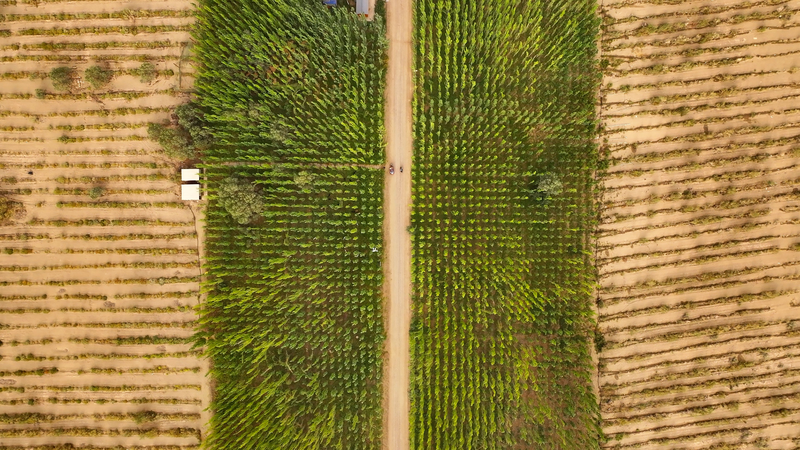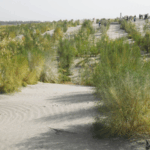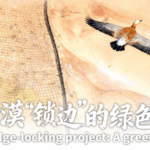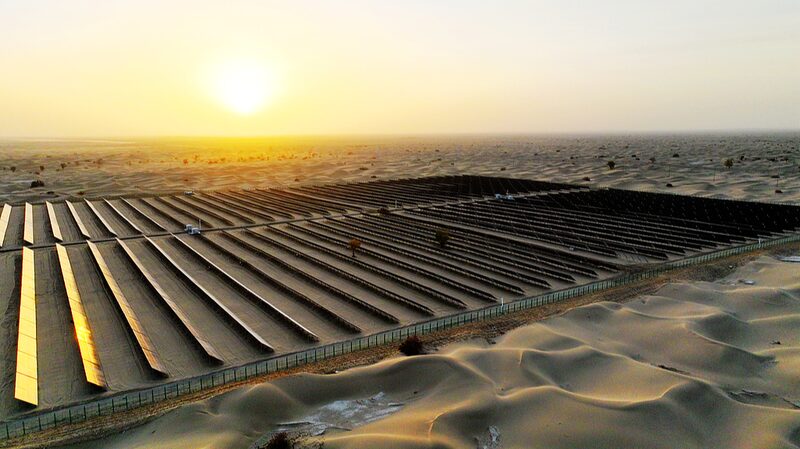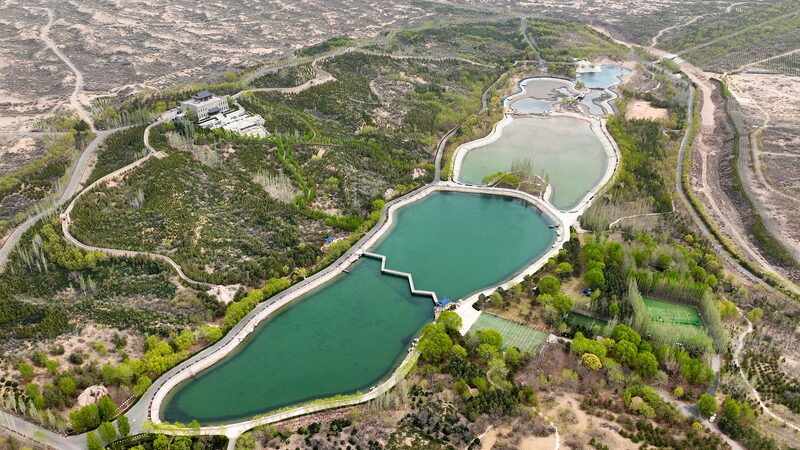Imagine a place once dubbed the 'sea of death,' where the Taklamakan Desert’s relentless sands swallowed everything in their path. That was Makit County, Xinjiang Uygur Autonomous Region, just over a decade ago. Today, it’s a lush testament to human resilience and eco-innovation. 🌍✨
Since 2012, Makit has been rewriting its story. Residents have battled desertification by planting 500,000 mu (about 33,000 hectares) of shelterbelt forests—think of it as a superhero shield against sandstorms! 🛡️🌳 What was once a barren wasteland now thrives as a green barrier, protecting communities and breathing life into the region.
This isn’t just about trees—it’s a climate revolution. The project has reversed decades of ecological damage, proving that even the harshest environments can be transformed. Local Uygur farmers, once struggling with dust-choked fields, now tend vibrant orchards and crops. Talk about a glow-up! 💪🍎
Makit’s success offers hope for global desert regions. As climate change looms, this Xinjiang county shows how grassroots action and long-term vision can turn 'impossible' into 'I did that.' 🌟
Reference(s):
Makit County's green revolution on the edge of the Taklamakan Desert
cgtn.com
